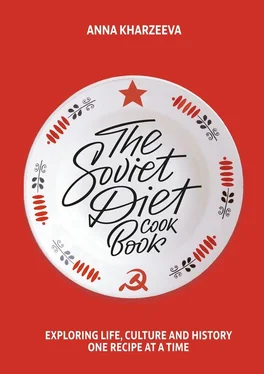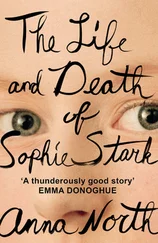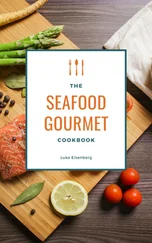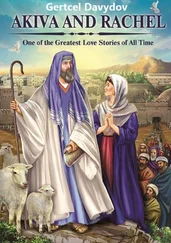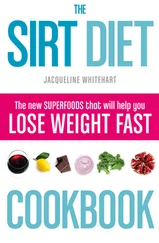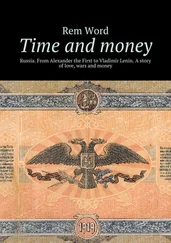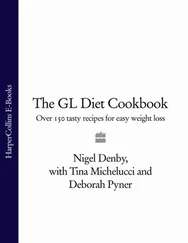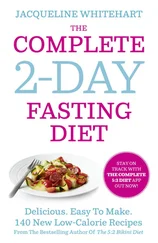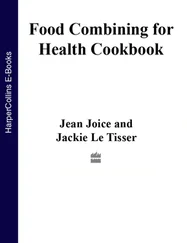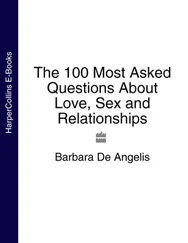The Soviet Diet Cookbook: exploring life, culture and history – one recipe at a time
Anna Kharzeeva
In loving memory of babushka Lena, who comes back to life every time I open this book.
I miss you.
© Anna Kharzeeva, 2021
ISBN 978-5-0055-1758-6
Created with Ridero smart publishing system
Elena Moiseevna Lapshina (Blumek)
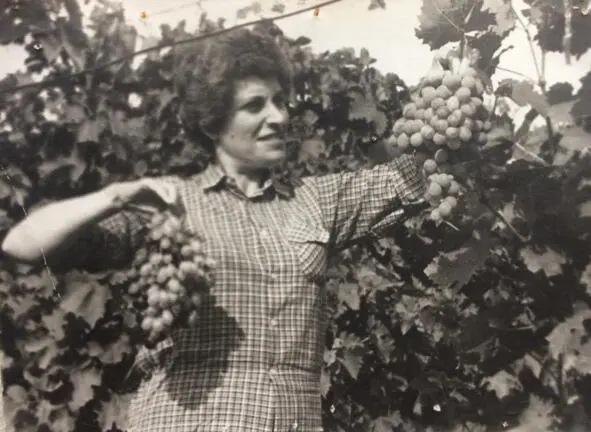
The Soviet Diet Cookbook project began as a modified Russian version of “Julie and Julia” – a modern girl recreating the experience of cooking from a classic cookbook of another era and writing about it. But the experience differed from that of the “Julie and Julia” project almost from the start. For one thing, our “modern girl,” Anna Kharzeeva, would be exploring the recipes of her childhood and, more importantly, she would be doing so with the advice of her grandmother, Elena Moiseevna Blumek, who used the book as a young Soviet housewife, and with tips passed down from her great-grandmother, Mindl (Munya) Israilovna Maisil, who learned to get by with whatever was available during the shortages of the Russian Revolution and World War II.
What we hadn’t realized going in was that the Book of Healthy and Tasty Food, the book we dubbed “the Soviet diet cookbook,” was as much a propaganda tool as a collection of recipes. While Julia Child might have liked to create a revolution in the American diet via the Art of French Cooking, the purpose of the Book of Healthy and Tasty Food, or simply the Book, was to bring the ideals of the Bolshevik revolution to the Russian diet and help create a new Soviet woman. Among the Book’s modest goals were to free women from the drudgery of the kitchen, create a unified cuisine for the “friendship of peoples” and popularize mass-produced food. With this understanding, we expanded our approach to include an examination of how successful these aims had been at the level of the housewife cooking in the home.
The Book was the brainchild of Anastas Mikoyan, a prominent Soviet official who came up with the idea while serving as People’s Commissar for Internal and External Trade in the late 1920s. One of the first Soviet leaders to travel to the United States, he returned with ideas such as canned food and corn flakes, which fit in well with his plans for revolutionizing the lives of Soviet women by having them spend less time preparing meals.
Mikoyan also understood the importance of food in national culture and identity, and he recognized that creating a new country, the Soviet Union, out of 15 separate republics, would necessarily involve developing a unified food culture. The Book of Healthy and Tasty Food therefore includes recipes from Central Asia and the Caucasus as well as the republics of European Russia. A testament to the Book’s success is that many of the regional dishes included in it – plov from Uzbekistan, dolma from Armenia, Georgian kharcho – are today mainstays of Russian cafeterias and identified as part of “Russian cuisine” by foreign tourists.
The first edition of the Book of Healthy and Tasty Food appeared in 1939, but the revamped and expanded 1952 version was better known, and so it was this edition – which was also the one used by Elena Blumek – that we chose to cook from for the Soviet Diet Cookbook project. Since the publication of the 1952 edition, the book has been reprinted nearly every year (my own is a 1953 edition, still featuring the smiling face of Comrade Stalin) and has sold more than 8 million copies.
As it happens, we picked an ideal time to start cooking the Soviet way. We began discussing the project in Summer 2014 with a start date of Sept. 1. On Aug. 7, 2014, the Russian government banned the import of most fresh foods from Europe and the United States in retaliation for economic sanctions imposed by those countries over Russia’s involvement in an armed conflict that had erupted in neighboring Ukraine. Suddenly there had never been a better time to cook with limited, locally produced ingredients. And, for the first time in many years, modern Russian cooks, like their mothers and grandmothers before them, were forced to decide what to make based on what was available in the stores.
At the beginning of the project, we agreed that Anna would cook one meal from the Book per week in a rotation: breakfast, lunch, dinner and a “special project” – a recipe that would take more time and didn’t necessarily fit the description of a meal, such as pickles or jam. Although we debated grouping the recipes in chapters reflecting the rotation for this book, we instead chose to present the recipes in this book chronologically in the order they were cooked. We chose this approach because Anna’s experience with the Book of Healthy and Tasty Food and its methodology grows over time. Having said that, each text stands alone and can be enjoyed without having read any of the others.
In addition to Anna, her grandmother and great-grandmother, the experiences of a number of other Soviet housewives went into the Soviet Diet Cookbook, as we sought a more complete picture of cooking culture in the Soviet Union. Among the people Anna asked for their memories of Soviet cooking were Galina Vasileyvna, who shared her experiences with the foods of her young adulthood in a Soviet village; Aina Vladimirovna, who grew up partially in an orphanage after her parents were declared enemies of the people; and Valentina Mikhailovna, who was also a Muscovite.
Much thanks is also due to Anna’s husband, Sandy Higgs, who was open to having his meals co-opted once a week, as well as the entire multimedia team at Russia Beyond the Headlines, who sponsored and maintained this project, particularly Maria Azhnina, Yaroslav Cohen, Daria Donina, Elena Potapova, Vsevolod Pulya and Anna Sorokina.
Lara McCoy Helsinki 2020
Acknowledgments
I am very grateful to Lara McCoy for bringing her daughters to my cooking class one snowy Sunday afternoon in Moscow eight years ago.
I am grateful she then asked me to come on this cooking adventure that made me discover so much about my family, my country and ultimately myself. I want to thank her for having this brilliant idea and for getting me to write my first ever lines about food and making me fall in love with writing. If it wasn’t for her, I would have never made turnips, ponchiki or gematogen strips (although I’m not sure I’m actually grateful for this). Thank you also for creating fun & catchy headlines for each meal.
This book wouldn’t have been possible without the stories from my babushka. Her brilliant, cutting, funny and very real recollections are what makes this book what it is. Her memory, ability to analyze, reminisce and make sense of things are truly inspirational to me.
I am grateful to my mum for feeding me corn flakes and buckwheat during the turbulent 90s, for sharing her memories and for saving the lemon cakes.
I am also very grateful to everyone else who contributed their stories, memories and recipes for the book: my babushka Svetlana Eliazarovna Kharzeeva, Galina Vassilyevna, Valya, Aina, Sasha, Marina Nikolaevna Lebedeva, Narine Mikaelyan, Engely Georgievich Bubelev, Caye Higgs, Nargiz Mukhitdinova, Oleg Valdman, Zviad Jojua, Anton Morozov, Sonia Rashidovna, Vlad Bykhanov
I am grateful to the team of RBTH for publishing my posts every week for two years and for putting up with my early photography attempts and teaching me how to improve them.
Читать дальше
